Home>Articles>What Should A Dehumidifier Be Set At In A Basement
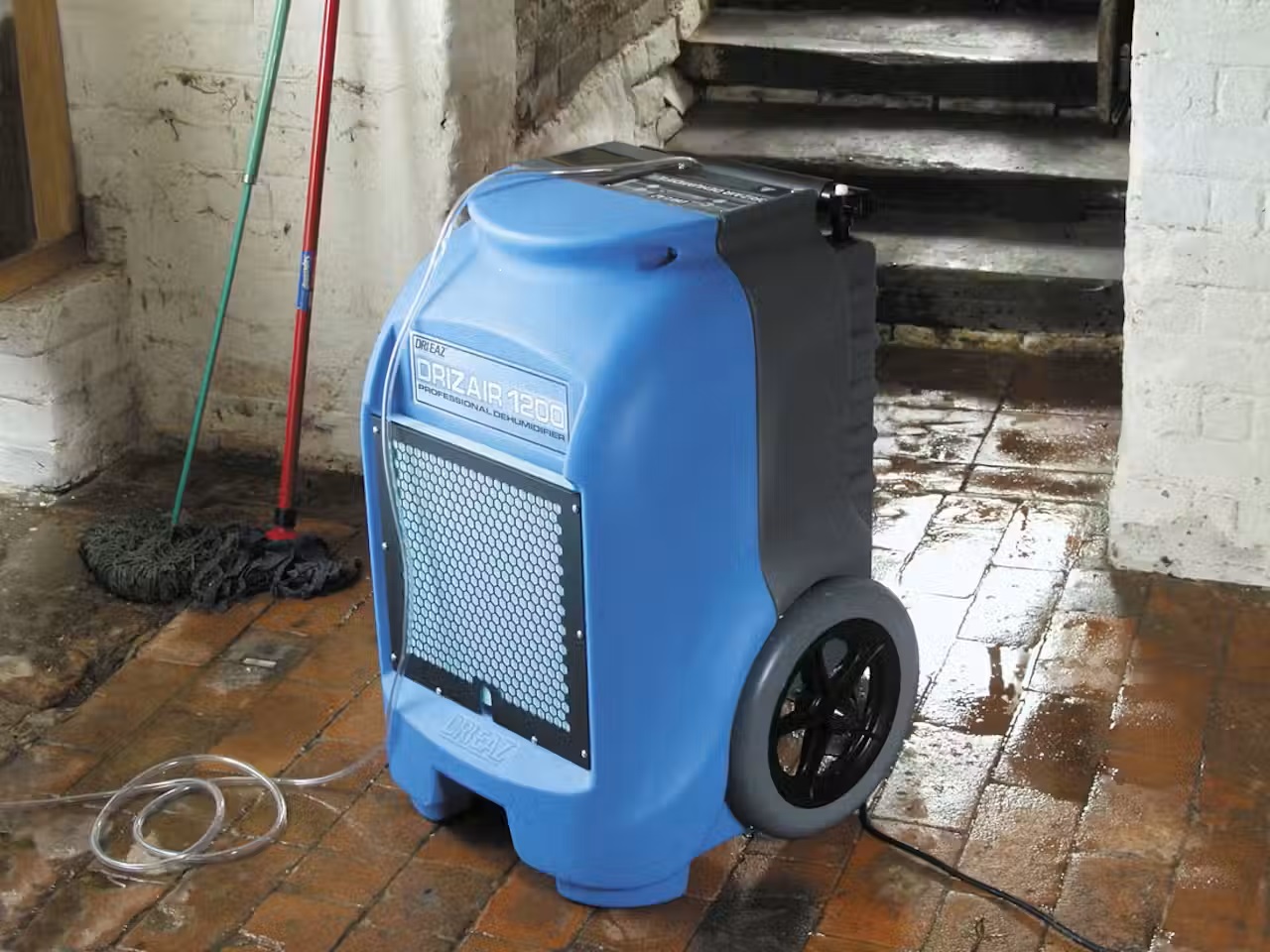

Articles
What Should A Dehumidifier Be Set At In A Basement
Modified: April 22, 2024
Find out the ideal setting for a dehumidifier in your basement with our informative articles. Prevent mold and moisture problems effectively.
(Many of the links in this article redirect to a specific reviewed product. Your purchase of these products through affiliate links helps to generate commission for Storables.com, at no extra cost. Learn more)
Introduction
A basement is a commonly overlooked area in a home that can be prone to high humidity levels. Excess moisture in a basement can lead to various issues such as mold growth, musty odors, and damage to furniture or belongings. To combat these problems, a dehumidifier is a valuable tool that helps regulate the humidity levels in a basement.
But what should a dehumidifier be set at in a basement? In order to answer that question, there are several factors to consider, including the size and condition of the basement, the local climate, and the desired level of comfort. By understanding these factors and utilizing the features and controls of a dehumidifier effectively, you can create a healthier and more comfortable living environment in your basement.
In this article, we will delve into the factors to consider when setting a dehumidifier in a basement, the ideal relative humidity levels to aim for, recommended settings, understanding the controls and features of a dehumidifier, tips for efficient operation, and potential issues and troubleshooting. By the end, you will have a comprehensive understanding of how to optimize the use of a dehumidifier in your basement.
Key Takeaways:
- Maintaining a relative humidity level between 30% and 50% in your basement is crucial to prevent mold growth, musty odors, and damage to belongings, creating a healthier living environment.
- Understanding and utilizing the controls and features of your dehumidifier, along with efficient operation tips and proactive troubleshooting, ensures optimal humidity control and a comfortable basement space.
Read more: What Is The Best Dehumidifier For Basement
Factors to Consider when Setting the Dehumidifier in a Basement
Setting the dehumidifier in your basement involves considering a few key factors that can influence the ideal settings for your specific situation. By understanding these factors, you can make informed decisions to achieve optimal humidity control. Here are the factors to consider:
- Basement Size: The size of your basement plays a crucial role in determining the capacity and runtime of the dehumidifier. A larger basement will require a dehumidifier with a higher moisture extraction rate to effectively remove excess humidity.
- Basement Condition: Assess the current condition of your basement. Is it prone to water leakage, dampness, or visible signs of mold? If so, you may need to adjust the dehumidifier settings accordingly and consider additional moisture mitigation measures.
- Local Climate: The climate in your area also affects the humidity levels in your basement. Areas with high humidity or frequent rainfall will require a more robust dehumidifier or higher settings to combat excess moisture effectively.
- Desired Relative Humidity: Determine the desired relative humidity level for your basement. The recommended range is typically between 30% and 50%. However, it’s important to note that excessively low humidity levels can cause discomfort and potential health issues, so finding the right balance is crucial.
- Usage of the Basement: Consider how you use your basement. If it’s a living space where you spend a significant amount of time, you may want to maintain a slightly lower humidity level for increased comfort and to prevent damage to furniture, electronics, and other belongings.
By taking these factors into account, you can customize the settings of your dehumidifier to effectively control the humidity levels in your basement. It’s important to periodically monitor the humidity levels and make adjustments as necessary to maintain a healthy and comfortable environment.
Ideal Relative Humidity Levels for Basements
Maintaining the right relative humidity (RH) levels in your basement is crucial to prevent issues such as mold growth, musty odors, and damage to your property. While the ideal relative humidity may vary depending on personal preference and specific circumstances, the generally recommended range for basements is between 30% and 50%.
Why is this range considered ideal? Let’s explore:
- Preventing Mold Growth: Mold thrives in environments with high humidity. By keeping the relative humidity below 50%, you can reduce the likelihood of mold spores taking hold and spreading in your basement. This is especially important if your basement is prone to dampness or water leakage.
- Avoiding Musty Odors: Excessive moisture in the air can lead to musty odors, which can be unpleasant and indicate a potential mold or mildew problem. By maintaining the relative humidity within the recommended range, you can minimize the chances of musty odors permeating your basement.
- Protecting Belongings: High humidity can damage furniture, electronics, and other belongings stored in your basement. Wood can warp, metal items can rust, and electronics can be negatively impacted by excess moisture. By controlling the relative humidity, you can safeguard your valuable possessions.
- Improving Air Quality: High humidity can contribute to poor indoor air quality, causing respiratory issues and discomfort. By keeping the relative humidity within the recommended range, you can create a healthier living environment in your basement, thus minimizing the risk of respiratory problems.
It’s worth noting that excessively low humidity levels can also pose problems. Very dry conditions can cause dry skin, respiratory irritation, and even damage to wooden structures. A relative humidity level below 30% may indicate that the dehumidifier is set too low, and adjustments should be made accordingly.
Remember, the ideal relative humidity range for your basement may vary depending on factors such as climate, usage of the space, and personal preference. It’s important to find the balance that works best for you while considering the potential risks associated with both high and low humidity levels.
Recommended Settings for a Dehumidifier in a Basement
When it comes to setting up your dehumidifier in the basement, there are a few recommended settings to consider to ensure optimal performance and humidity control. By adjusting these settings, you can effectively maintain the desired relative humidity level and create a comfortable living environment. Here are the recommended settings:
- Adjust the Humidity Level: Most dehumidifiers allow you to set a specific humidity level. Aim for a relative humidity level between 30% and 50% in your basement. Start with a conservative setting and adjust it accordingly based on the moisture levels in your space.
- Select Continuous or Automatic Mode: Depending on the model, your dehumidifier may offer continuous or automatic operation modes. Continuous mode runs constantly, regardless of the humidity level, while automatic mode turns on and off based on the set humidity level. In most cases, setting the dehumidifier to automatic mode is recommended for energy efficiency.
- Utilize the Timer Function: If your dehumidifier has a timer function, take advantage of it. Set the dehumidifier to run during specific times of the day when you know the humidity levels are typically higher. This can help reduce energy consumption while still effectively controlling moisture levels.
- Position the Dehumidifier Correctly: Place the dehumidifier in a central location in your basement, away from walls and obstacles that can obstruct airflow. This allows for maximum air circulation and better moisture extraction.
- Consider Drainage Options: Determine how you will handle the collected water. Dehumidifiers can be equipped with a built-in water tank or a continuous drainage option. If possible, opt for continuous drainage by connecting a hose to a floor drain, sink, or a condensate pump for hassle-free operation.
- Regularly Clean and Maintain: To ensure the dehumidifier functions optimally, clean the filter regularly and follow the manufacturer’s instructions for maintenance. A well-maintained dehumidifier will perform better and last longer.
Remember, these recommended settings are a starting point, and you may need to make adjustments based on the specific conditions of your basement and personal comfort preferences. Regularly monitor the humidity levels and make modifications as needed to maintain a healthy, comfortable, and moisture-free environment in your basement.
Set the dehumidifier in your basement to maintain a humidity level between 30-50%. This will help prevent mold and mildew growth while creating a more comfortable environment.
Understanding the Controls and Features of a Dehumidifier
Dehumidifiers come with a variety of controls and features to help you customize and optimize their performance. Understanding these controls and features is essential in effectively using your dehumidifier and achieving the desired humidity levels in your basement. Here are the key controls and features to be familiar with:
- Power Switch: This switch turns the dehumidifier on or off. Ensure it is in the “on” position for the unit to operate.
- Humidity Control: The humidity control allows you to set the desired relative humidity level in your basement. Adjust the control to your preferred humidity range, typically between 30% and 50%.
- Fan Speed Control: Some dehumidifiers offer multiple fan speed options. The fan speed control allows you to adjust the airflow intensity. Higher fan speeds can help circulate the air more quickly, while lower speeds may operate more quietly.
- Timer Function: Many dehumidifiers include a timer feature, allowing you to set specific times for the unit to operate. This feature helps conserve energy by allowing you to schedule the dehumidifier to run during periods with higher humidity.
- Auto Defrost: When operating in low temperatures, excess moisture can freeze on the coils of the dehumidifier. The auto defrost feature automatically detects and melts accumulated ice on the coils, ensuring efficient operation even in colder conditions.
- Filter Indicator: Some dehumidifiers have a filter indicator light that notifies you when it’s time to clean or replace the air filter. Regular maintenance of the filter ensures optimal performance and helps prevent clogging and reduced airflow.
- Humidity Display: Certain dehumidifiers feature a humidity display that shows the current relative humidity level in your basement. This allows you to monitor the humidity and make necessary adjustments to the settings.
- Continuous Drainage Option: Many dehumidifiers offer the option to connect a hose for continuous drainage. This eliminates the need to manually empty the water tank and ensures uninterrupted operation.
Familiarize yourself with the specific controls and features of your dehumidifier by referring to the manufacturer’s manual. This will ensure you can utilize the full capabilities of your unit and make the necessary adjustments to achieve optimal humidity control in your basement. Regularly monitor and maintain the dehumidifier to ensure it performs efficiently and effectively.
Read more: What Size Dehumidifier For Basement
Tips for Efficient Dehumidifier Operation in a Basement
Efficient operation of your dehumidifier is essential to effectively control the humidity levels in your basement. By following these tips, you can maximize the performance of your dehumidifier and create a healthier and more comfortable living environment:
- Position the Dehumidifier Correctly: Place the dehumidifier in a central location in your basement, away from walls and obstacles that can obstruct airflow. This allows for maximum air circulation and better moisture extraction.
- Close Doors and Windows: Keep basement doors and windows closed as much as possible to prevent outside moisture from entering and compromising the dehumidifier’s effectiveness.
- Seal Cracks and Leaks: Inspect your basement for any cracks or leaks and seal them properly. This helps to minimize the moisture entering your basement and reduces the workload of your dehumidifier.
- Keep Air Circulation in Mind: Proper air circulation aids in moisture removal. Consider using fans or opening vents to improve air movement and help the dehumidifier extract moisture more efficiently.
- Maintain a Comfortable Temperature: Dehumidifiers work best within a certain temperature range. Ideally, the temperature in your basement should be between 60°F and 80°F (15°C and 27°C) for optimal dehumidifier performance.
- Regularly Empty or Drain the Water Tank: If your dehumidifier has a water tank, empty it regularly to avoid overflow. Alternatively, use the continuous drainage option by connecting a hose to ensure uninterrupted operation.
- Clean the Filter Regularly: A dirty filter can hinder the dehumidifier’s efficiency. Clean or replace the filter as recommended by the manufacturer to maintain optimal airflow and performance.
- Monitor and Adjust Settings: Regularly check the relative humidity levels in your basement and adjust the dehumidifier settings as necessary. Different seasons and weather conditions may require different settings for optimal control.
- Inspect and Maintain the Unit: Periodically inspect the dehumidifier for any signs of damage or issues. Follow the manufacturer’s instructions for proper maintenance, including cleaning coils, lubricating moving parts (if applicable), and ensuring all components are in good working order.
- Consider Energy Efficiency: If energy efficiency is a concern, choose a dehumidifier with an Energy Star certification. Additionally, opt for features such as auto defrost and timer functions to further conserve energy.
By implementing these tips, you can enhance the efficiency of your dehumidifier in extracting and controlling moisture in your basement. Regular maintenance and vigilance will ensure that your dehumidifier operates optimally and helps maintain a healthy and comfortable living space.
Potential Issues and Troubleshooting with a Dehumidifier in a Basement
While dehumidifiers are reliable appliances for controlling humidity in basements, they can occasionally encounter issues that require troubleshooting. By being aware of potential problems and knowing how to troubleshoot them, you can address the issues promptly and ensure your dehumidifier continues to operate effectively. Here are some common problems and their troubleshooting tips:
- Inadequate Moisture Removal: If the dehumidifier is not extracting enough moisture from your basement, check if the humidity setting is too high. Lower the humidity level and monitor the performance. Additionally, make sure the dehumidifier is the right size for your basement’s square footage and that it is properly positioned for optimal airflow.
- Noisy Operation: If the dehumidifier is producing excessive noise, it may be due to a loose part or component. Check for loose screws, panels, or fan blades and tighten them if necessary. Additionally, ensure that the dehumidifier is on a stable surface and not vibrating against any objects.
- Frequent Freezing: If your dehumidifier’s coils frequently freeze over, it may be a sign of a blockage or a malfunctioning auto defrost feature. Clean the coils to remove any dirt or debris that might be inhibiting proper airflow. If the issue persists, consult the manufacturer or a professional technician for further assistance.
- Water Leakage: Water leakage from the dehumidifier can be caused by a couple of factors. Check that the water tank is properly inserted and not overflowing. If you’re using a continuous drainage option, ensure that the drainage hose is securely connected. Additionally, inspect the dehumidifier for any cracks or damage that may be causing water to leak and address it accordingly.
- Electrical Issues: If the dehumidifier fails to turn on, first check if it’s properly plugged in and the power switch is turned on. If there are no visible issues, try plugging the dehumidifier into a different outlet to rule out any electrical problems. If the unit still doesn’t work, it may require professional inspection or repair.
- Bad Odors: If your dehumidifier is emitting unpleasant odors, it may be due to mold or mildew growth within the unit. Clean the dehumidifier thoroughly, paying close attention to the filter, coils, and water tank. Consider using a vinegar-water solution to eliminate any lingering odors. If the problem persists, contact the manufacturer for further guidance.
Remember to always refer to the manufacturer’s instructions for your specific dehumidifier model when troubleshooting. If the problem persists or if you’re uncertain about the issue, it’s recommended to consult a professional technician or contact the manufacturer’s customer support for further assistance.
By being proactive about troubleshooting and addressing potential issues, you can ensure that your dehumidifier operates efficiently, maintains optimal humidity levels in your basement, and helps create a comfortable and healthy living environment.
Conclusion
A dehumidifier is a valuable tool for controlling humidity levels in the basement, preventing issues such as mold growth, musty odors, and damage to your property. By setting and adjusting your dehumidifier correctly, understanding the ideal relative humidity levels, utilizing the controls and features effectively, and following tips for efficient operation, you can create a healthier and more comfortable living environment in your basement.
When setting your dehumidifier in the basement, consider factors like the size and condition of the space, local climate, desired relative humidity, and usage of the area. Aim for a relative humidity level between 30% and 50% to prevent mold growth, avoid musty odors, and protect your belongings from moisture-related damage.
Familiarize yourself with the controls and features of your dehumidifier, such as the humidity control, fan speed control, timer function, and auto defrost. Position the unit correctly, keep doors and windows closed, maintain proper air circulation, and regularly clean and maintain the dehumidifier and its filter.
Be mindful of potential issues that may arise, such as inadequate moisture removal, noisy operation, frequent freezing, water leakage, electrical issues, and bad odors. Troubleshoot these issues by adjusting settings, cleaning the unit, checking for blockages, and seeking professional assistance if needed.
By implementing these guidelines and practicing regular maintenance, you can ensure the efficient and effective operation of your dehumidifier, controlling the humidity levels in your basement and creating a more comfortable and healthier living environment.
Remember, each basement is unique, and it may take some trial and error to find the ideal settings and configurations that work best for your specific situation. By staying vigilant and proactive in managing moisture levels, you can enjoy all the benefits of a dry and comfortable basement for years to come.
Frequently Asked Questions about What Should A Dehumidifier Be Set At In A Basement
Was this page helpful?
At Storables.com, we guarantee accurate and reliable information. Our content, validated by Expert Board Contributors, is crafted following stringent Editorial Policies. We're committed to providing you with well-researched, expert-backed insights for all your informational needs.
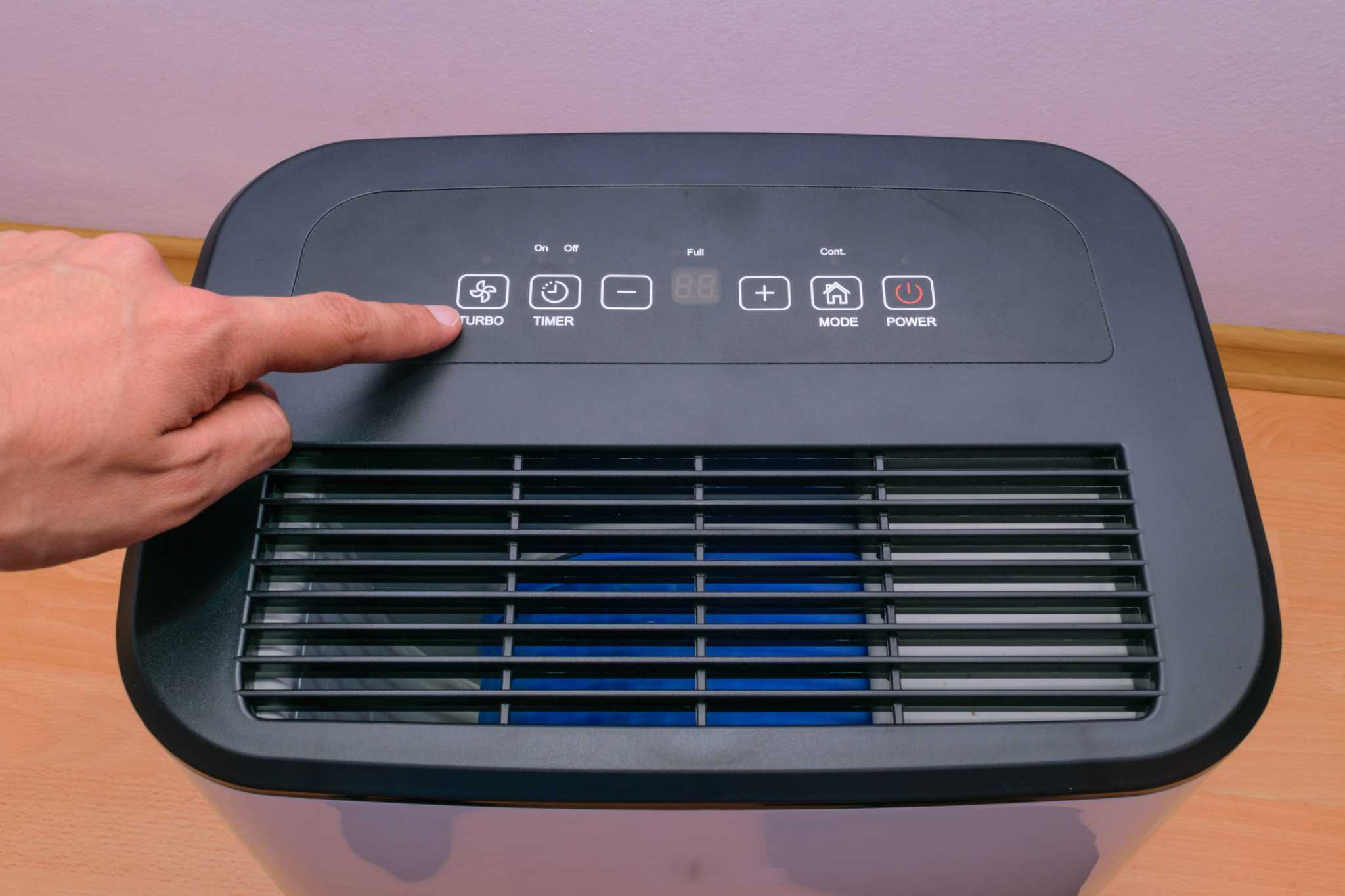
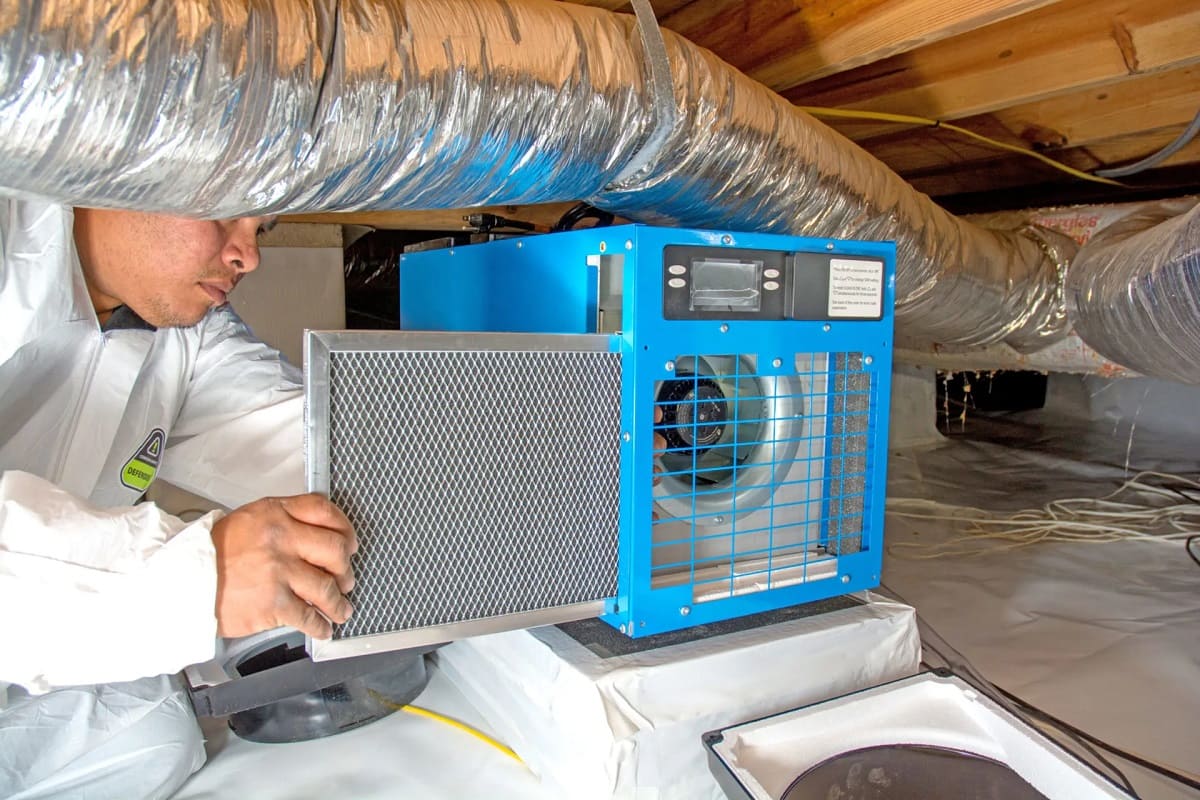
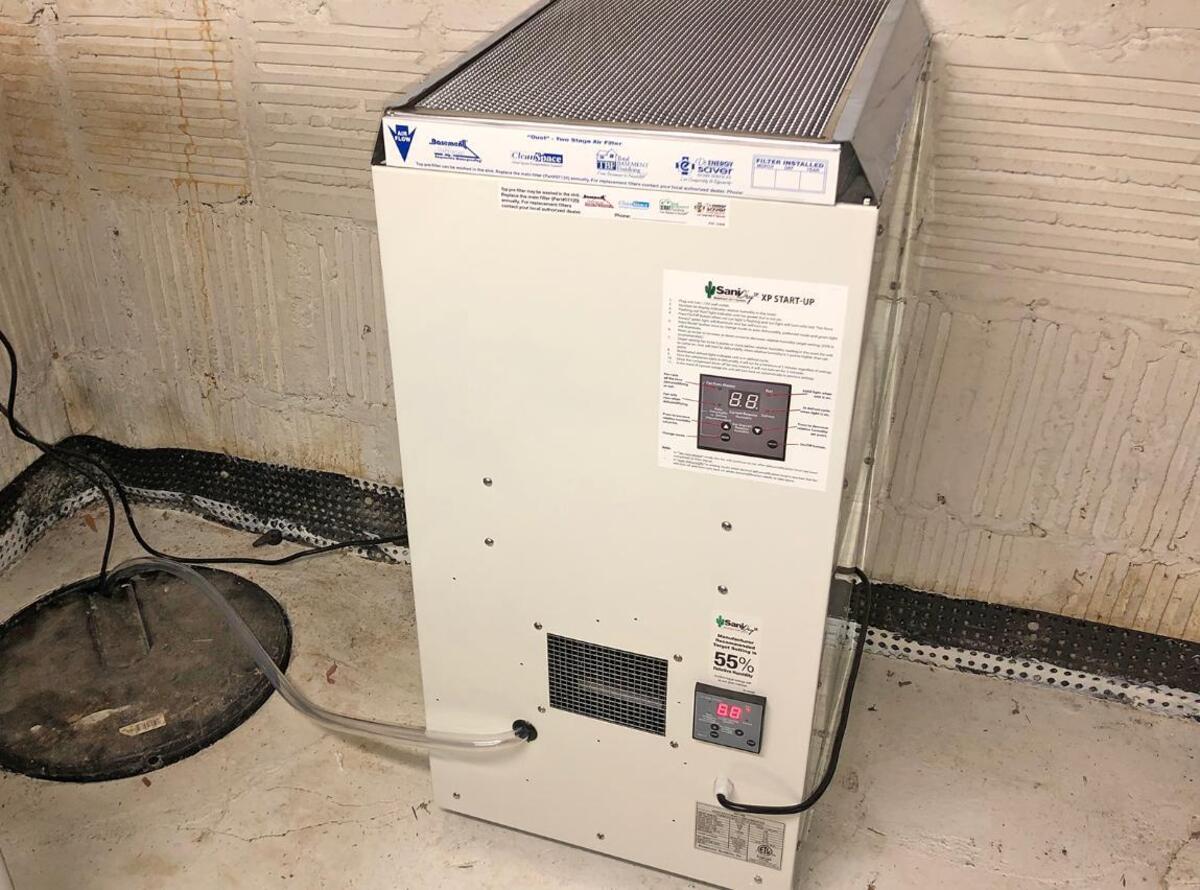
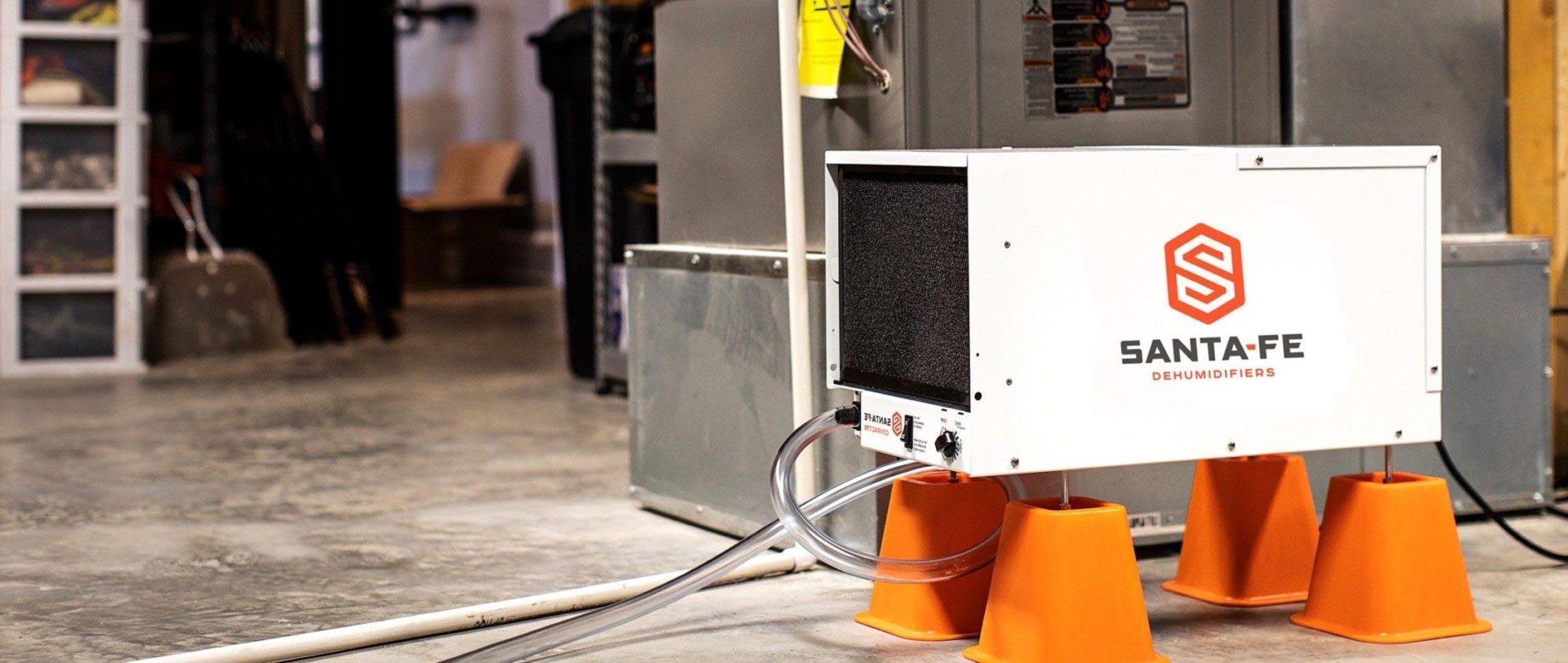
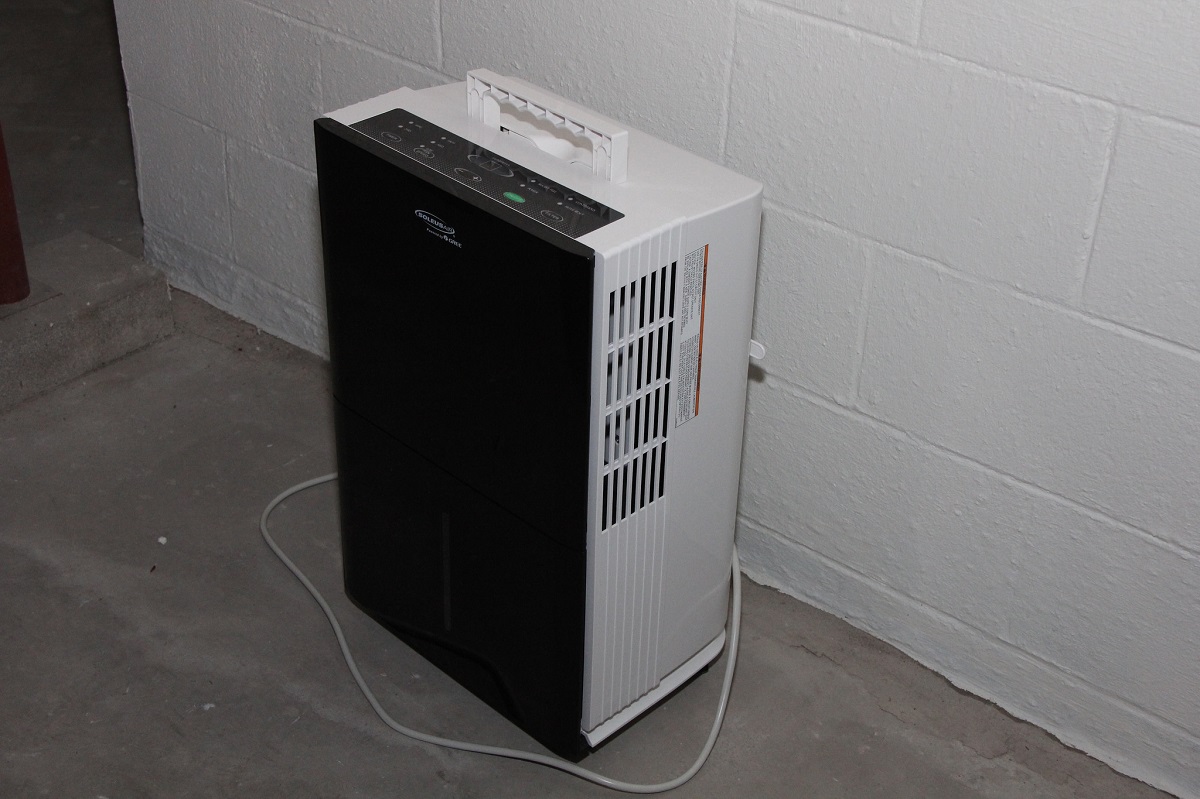
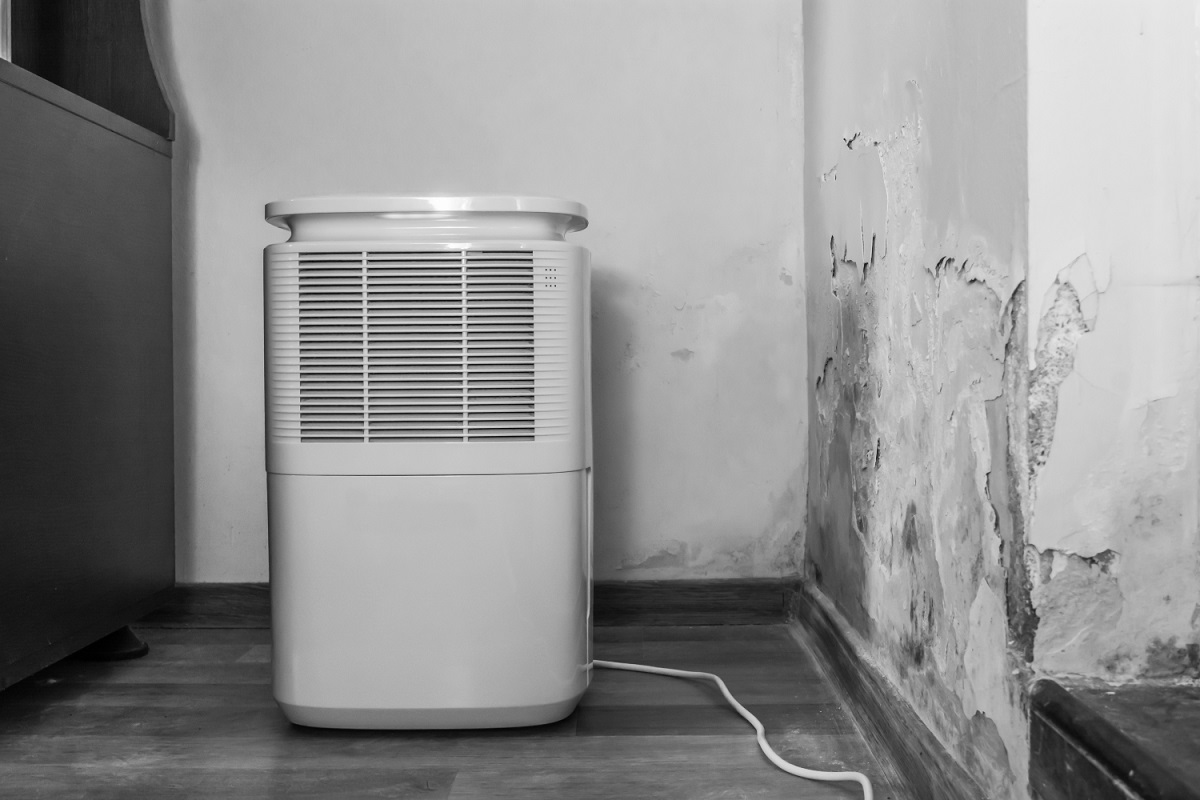

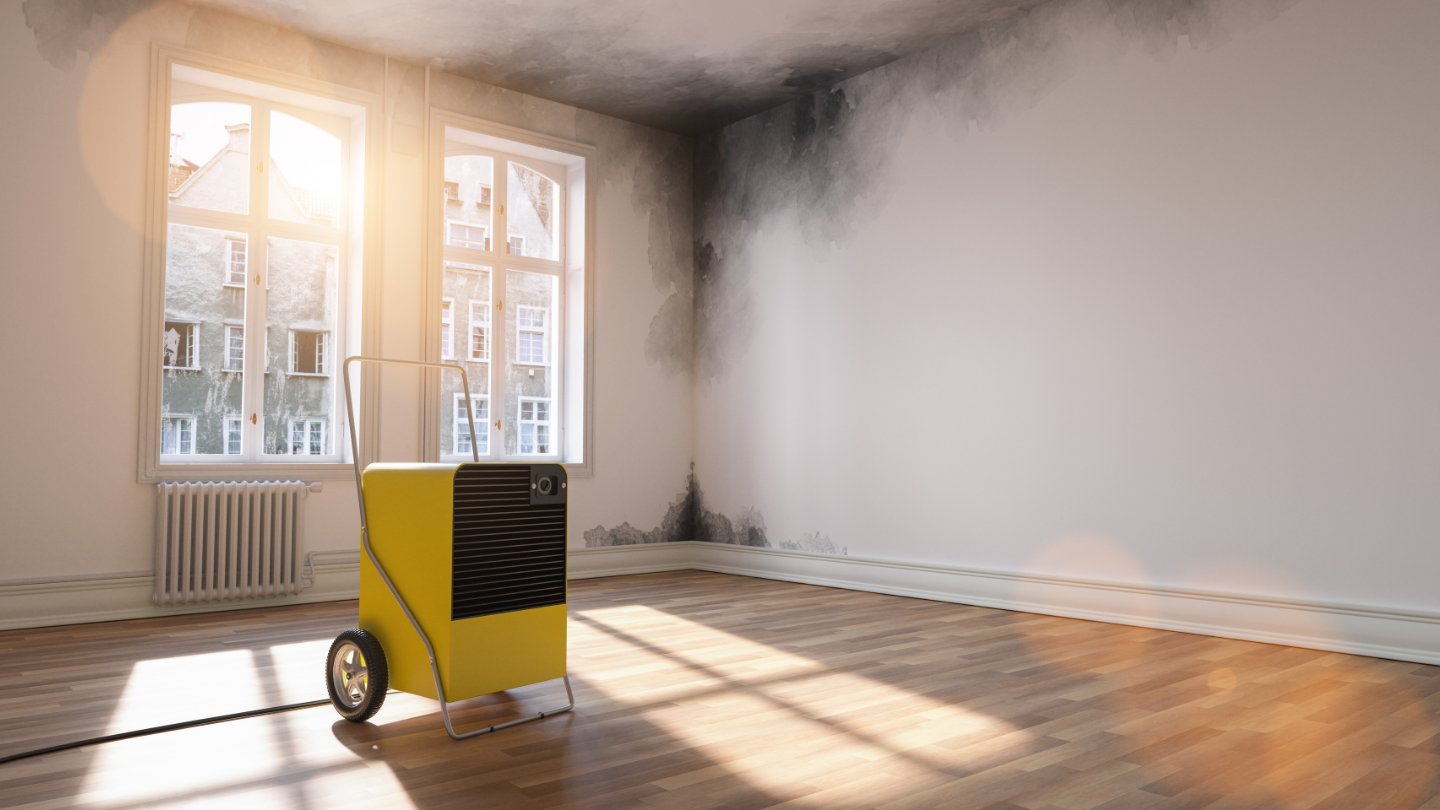
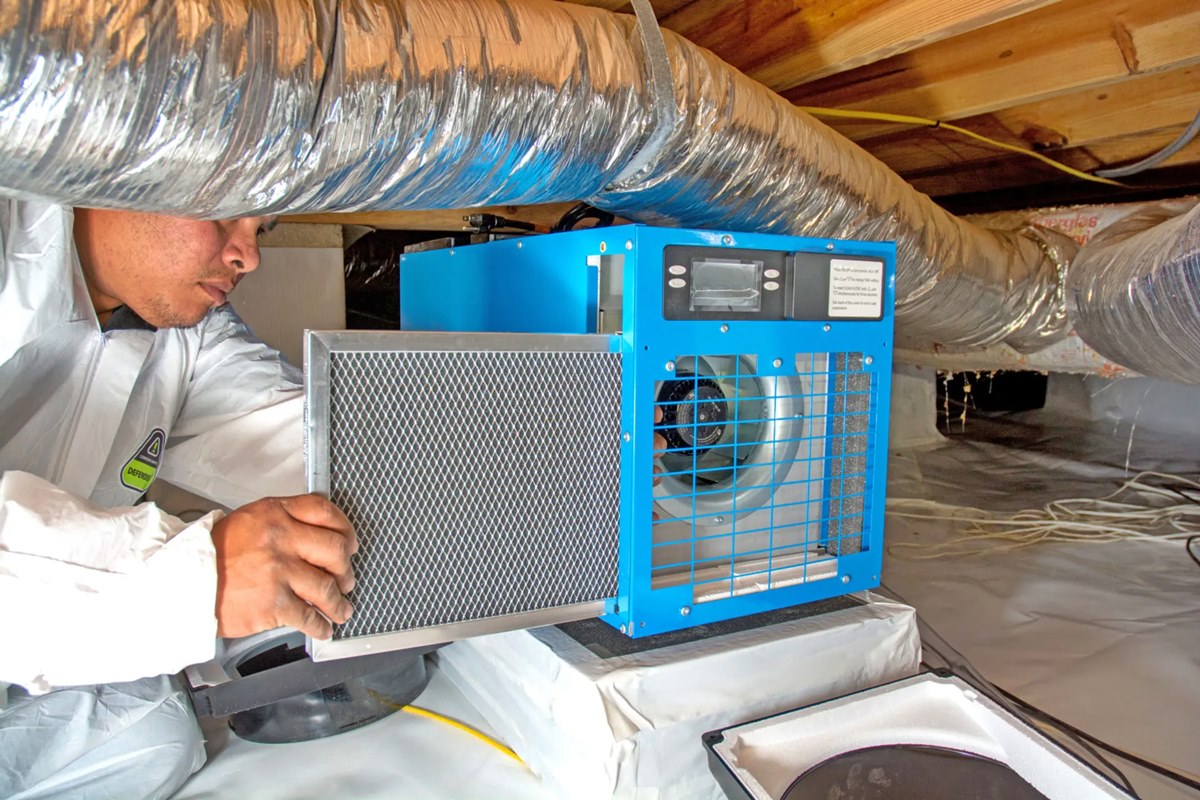
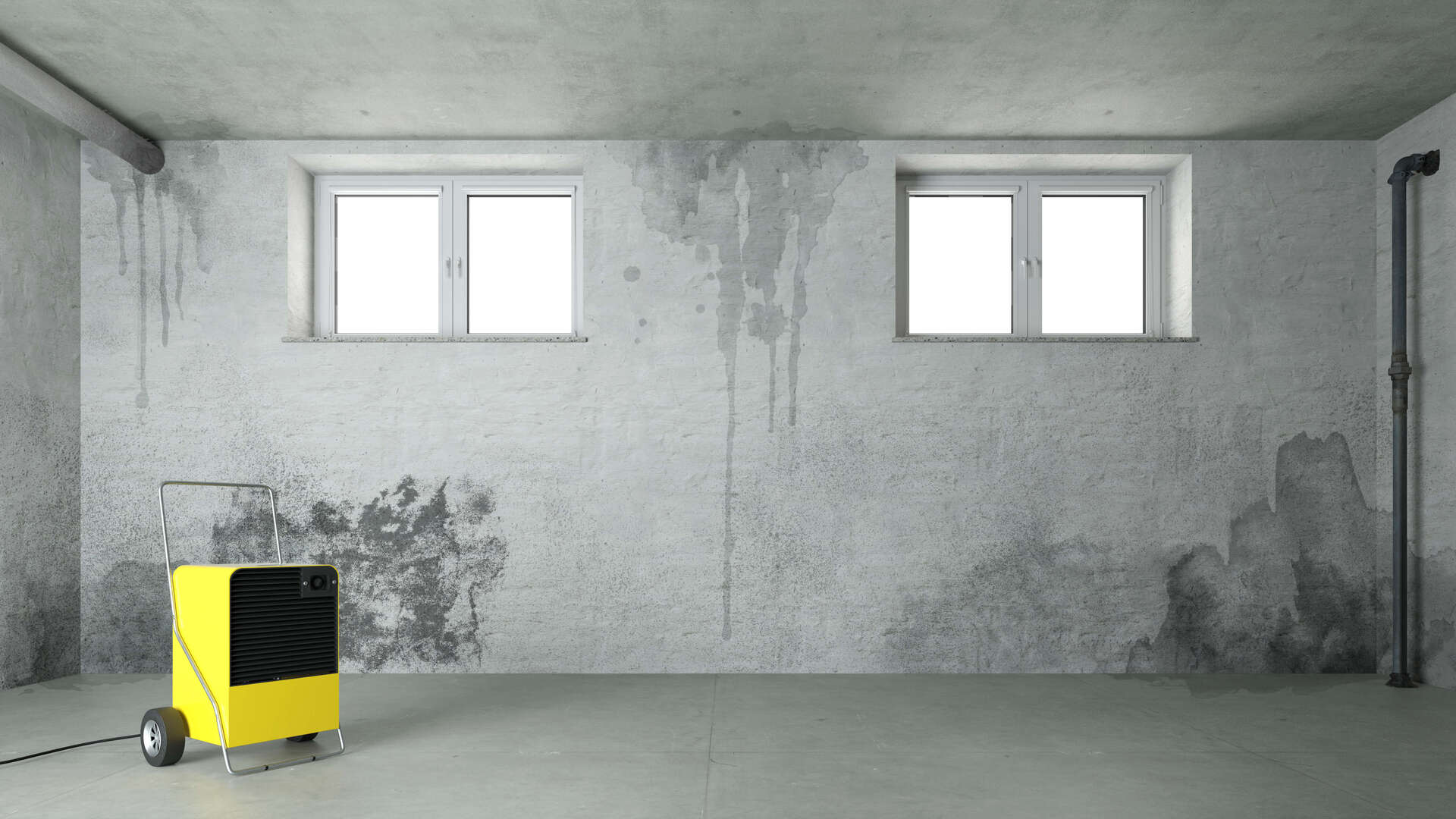
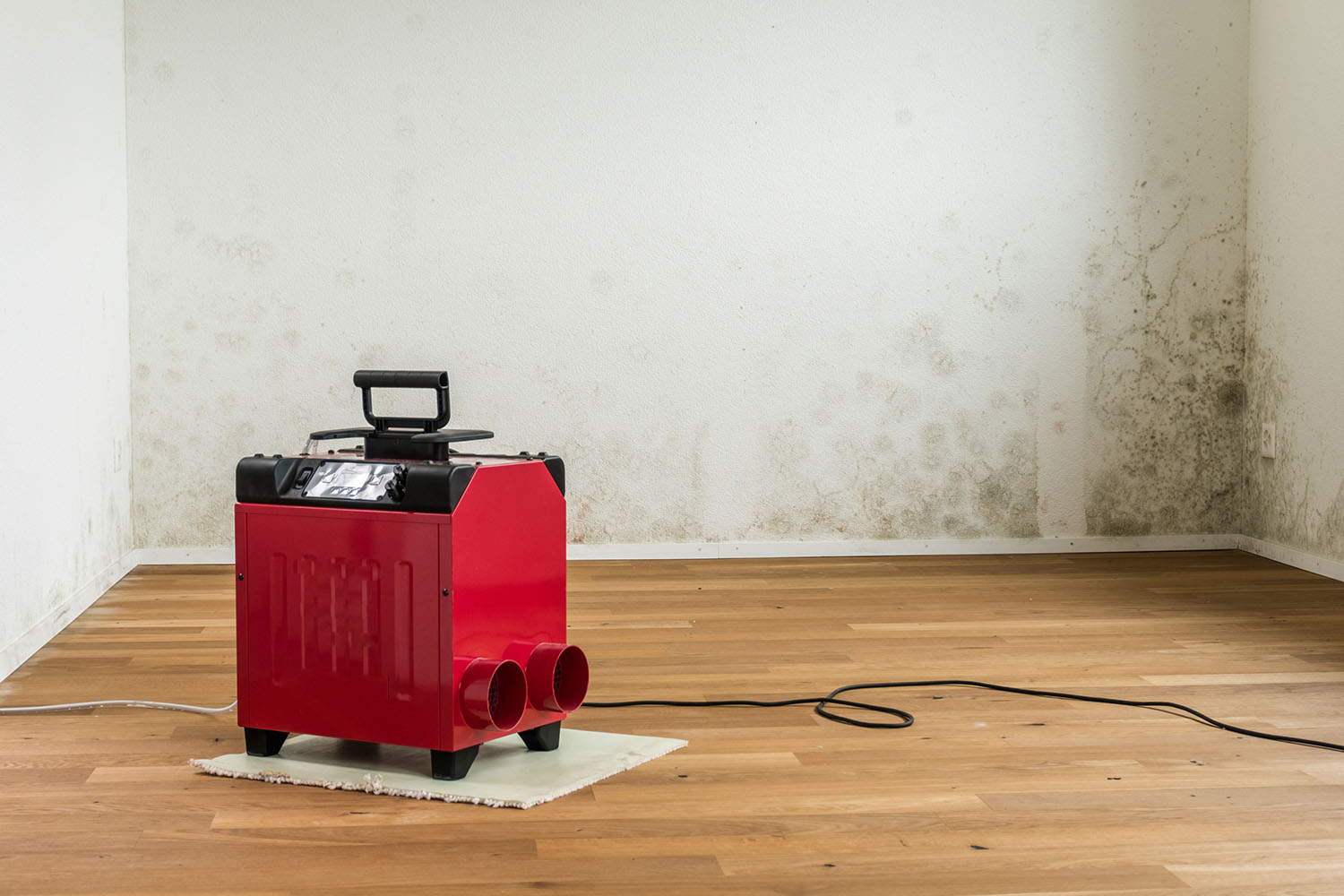
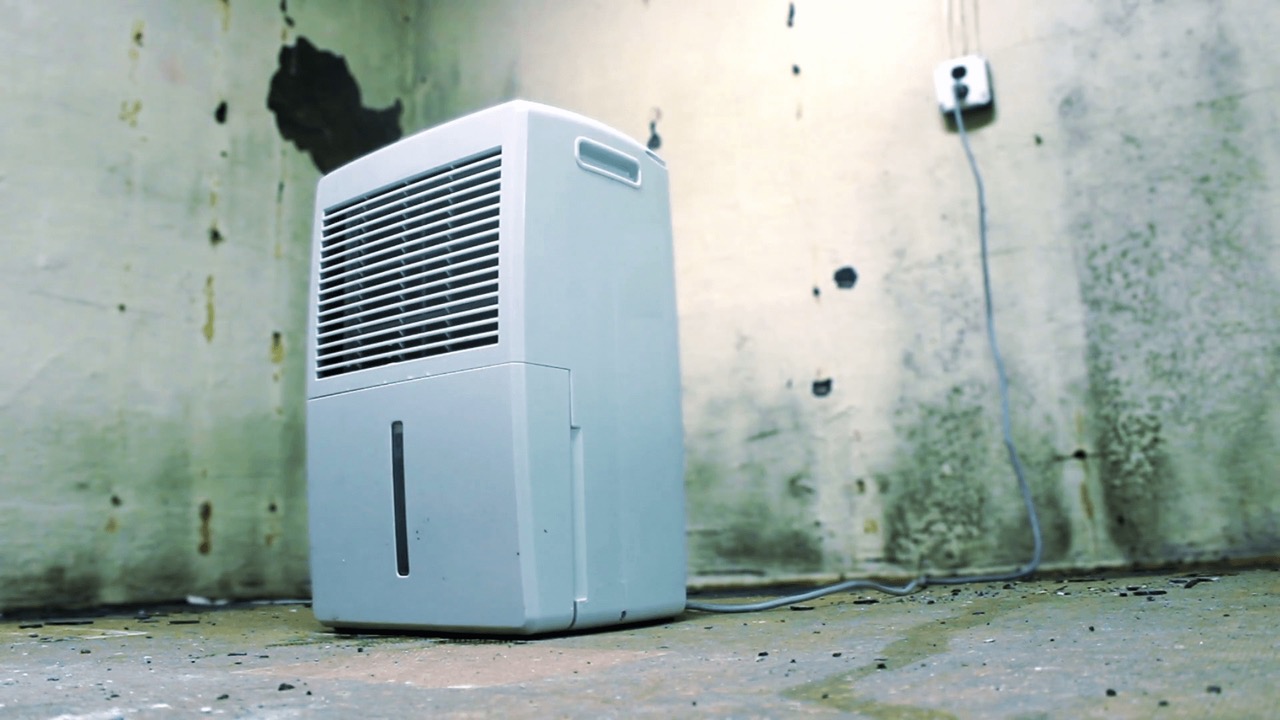
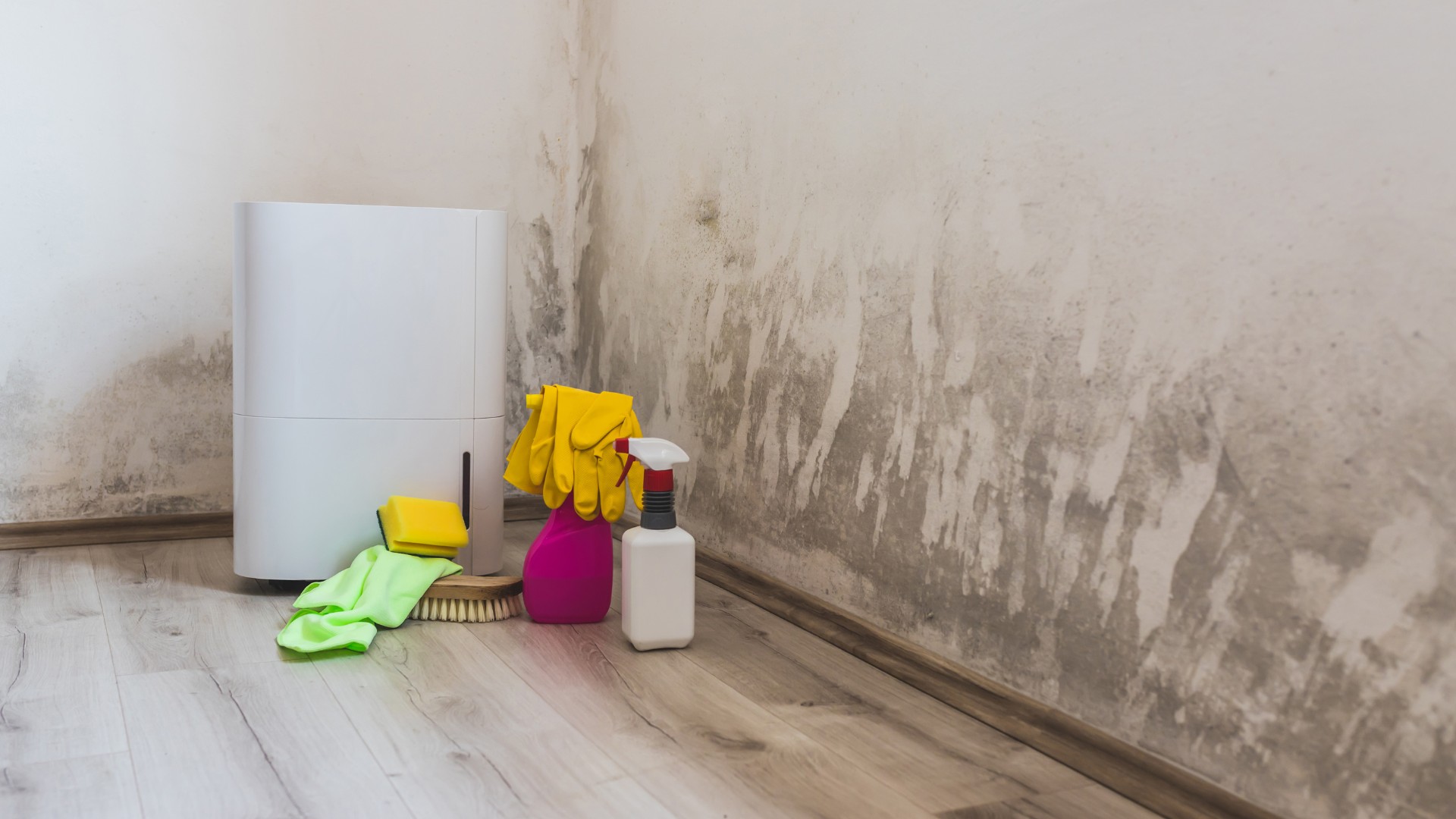


0 thoughts on “What Should A Dehumidifier Be Set At In A Basement”